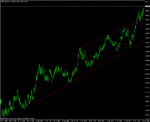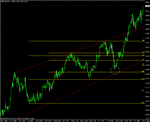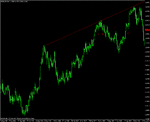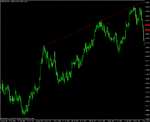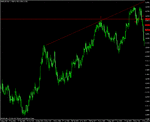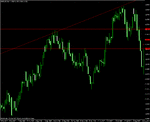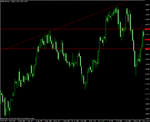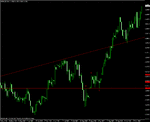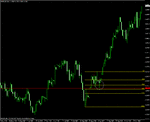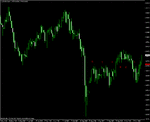trader_dante
Veteren member
- Messages
- 4,535
- Likes
- 1,704
Couldn't have said it better myself
Spot on. This is an incredible post.
I would suggest that its better to try to figure out how the other players in the market see the world and then make sure that you can perceive what they perceive. My rational is that the confluence of support/res fibs and price action (and/or mas) is really you, the trader, looking for situations where as many players as possibly perceive your scenario as a good setup or will do so in a short time as their patterns fill in.
So, FWIW, I attempt to look at the market thru the same lenses as big players, active traders, and other major influences. I try to look at their preferred timeframes; their preferred tools; and think "what will they see now?"
Spot on. This is an incredible post.

